Huge tributaries that feed the mighty Amazon River — the largest on the planet — have plunged to record-low levels, upending lives, stranding boats, and threatening endangered dolphins as drought grips Brazil.
The country is currently enduring its worst drought since records began in 1950, according to Cemaden, the country’s natural disaster monitoring center. It’s Brazil’s second straight year of extreme drought. Nearly 60% of the country is affected, with some cities, including the capital Brasília, enduring more than 140 consecutive days without rain.
In the heart of the Amazon rainforest, the impact on rivers is shocking and experts are sounding the alarm on what this means for the region, a biodiversity hot spot and crucial climate change buffer.
The Rio Negro, one of the Amazon River’s biggest tributaries, is at record lows for this time of year near the city of Manaus in Amazonas state. Its water levels are falling at around 7 inches a day, according to Brazil’s geological service.
The river’s characteristic jet-black waters usually course through its thick maze of channels, but satellite images now show it drastically shrunken with huge swaths of riverbed exposed.


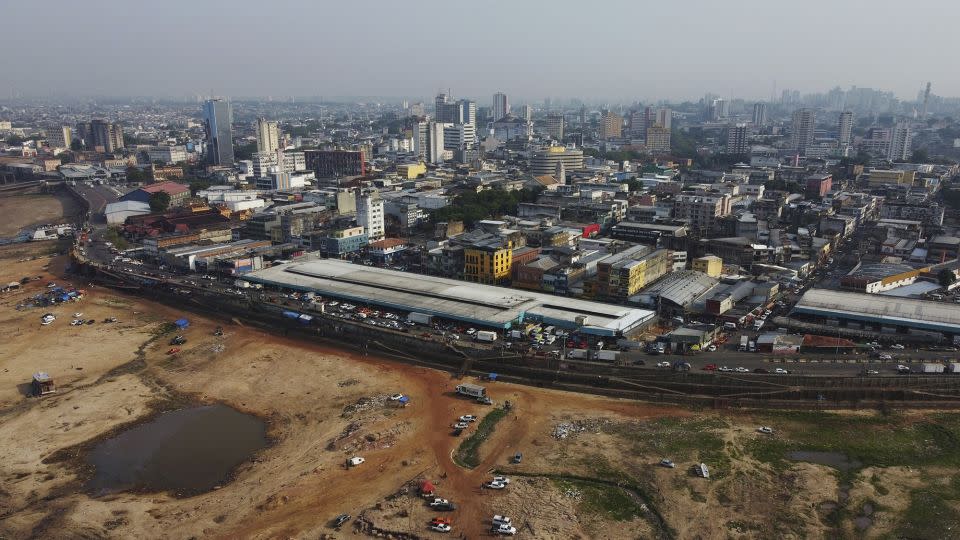

The Rio Negro is seeing “extreme reductions” as temperatures soar and the region struggles with a dearth of rainfall, said Lincoln Alves, a research scientist Brazil’s National Institute for Space Research.
So too is the Solimões River, whose muddy-colored waters converge with the Rio Negro at Manaus to form the Amazon River.
This month, the Solimões fell to its lowest level on record for this time of year in Tabatinga, a Brazilian city on the border with Colombia and Peru.
Ships have been left stranded and vast expanses of sand are visible where water once flowed.
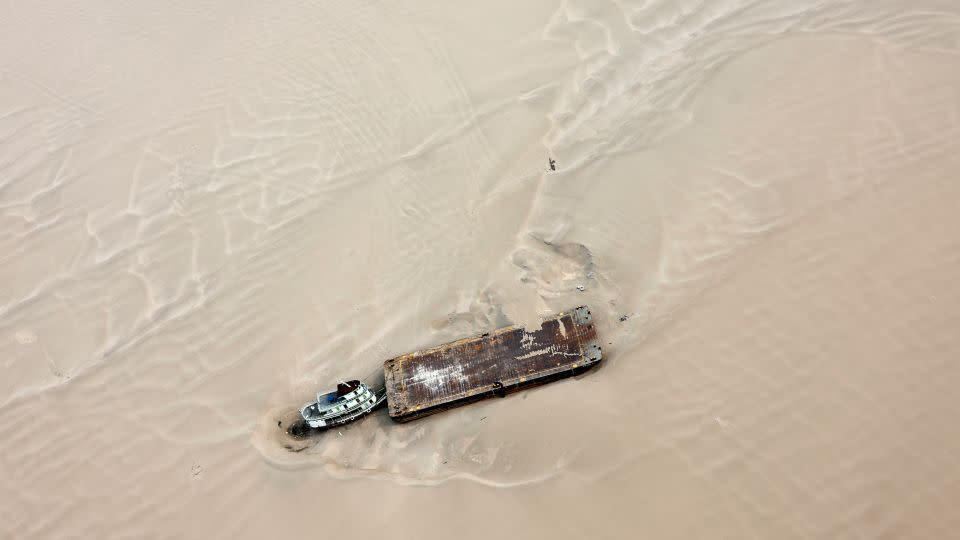

Lake Tefé, on the northern bank of the Solimões River, is also heavily depleted.
Photos of the lake last month show it dramatically shrunken compared to the same time last year and it has continued to decline. It’s “contributing to critical water shortages and impacting local ecosystems,” said Alves.
Last year, more than 200 dolphins were found dead in the lake during a historic drought and record-high water temperatures, and experts fear a repeat this year.
Dolphin deaths are already happening. “Last week, we found one a day on average,” Miriam Marmontel, head of the dolphin project at the Mamirauá Institute for Sustainable Development, told Reuters earlier this month.
Researchers believe as the lake shrinks, there is less room for dolphins, putting them at greater risk of collision with boats and ferries.
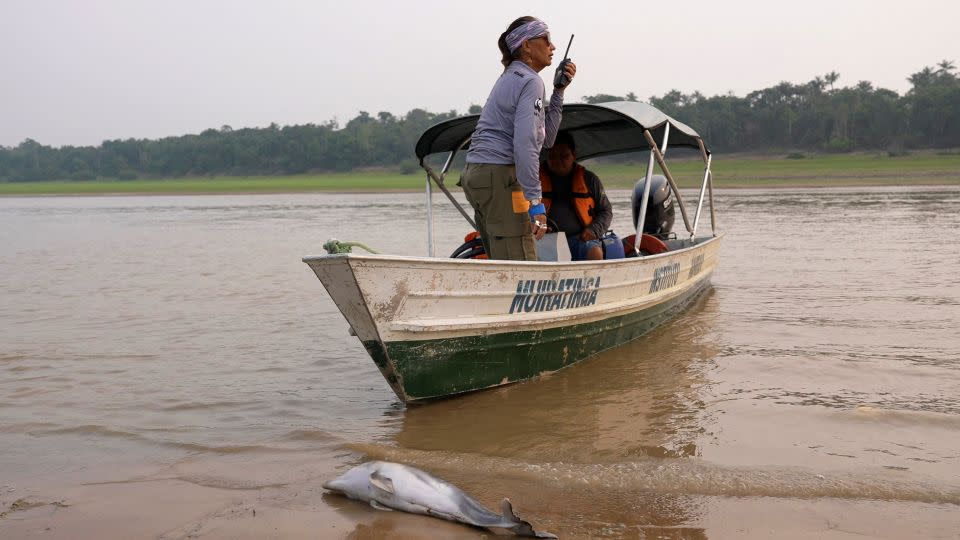

In many regions of the Amazon “the drought is already more intense today than it was at the worst point last year,” said Romulo Batista, a biologist and spokesperson for Greenpeace Brazil.
“The minimums in these rivers … are usually at the end of October,” said Adriana Cuartas, a researcher at Cemaden. This year they have happened earlier and water levels will continue to decline, she told CNN.
The consequences are stark for local people who rely on the rivers for food, medicine, livelihoods and transport, said André Guimarães, executive director of the Amazon Environmental Research Institute, a nonprofit organization.
“We are suffering a situation that has never happened before,” he told CNN, adding, “the reduction of the river flows is absolutely enormous.”
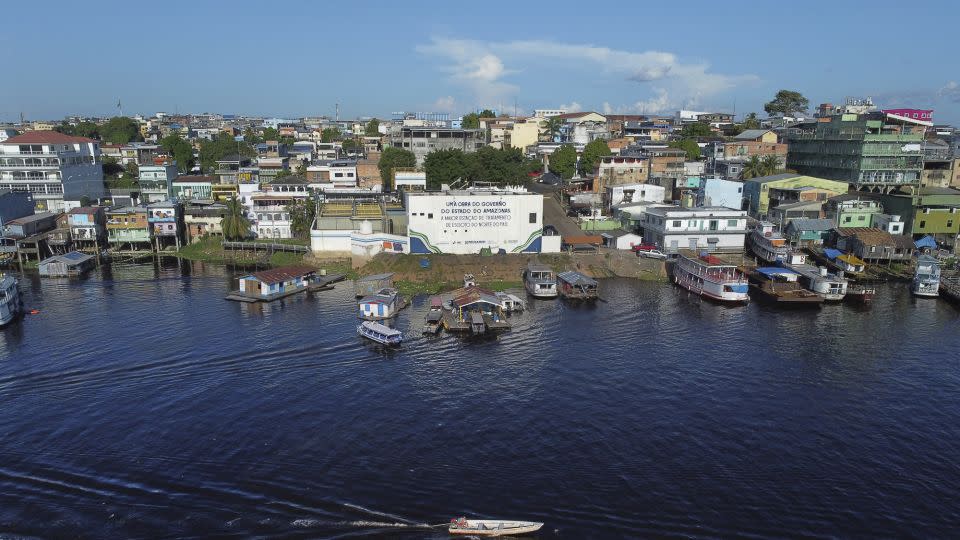



Brazil’s severe and prolonged drought has been fueled by a knot of factors.
An intense El Niño, a natural climate pattern, brought warmer and drier weather to the region last year and into 2024. El Niño has now ended but heat and drought are being influenced by an unusually hot Atlantic Ocean, said Cemaden’s Cuartas.
Deforestation is also a factor, said Alves, helping raise temperatures and change rainfall patterns. “Ongoing ecosystem degradation (is) pushing the region toward a potential tipping point,” he said.
Then there is climate change, driven by burning planet-heating fossil fuels, which is bringing warmer temperatures and longer periods without rain.
Last year’s devastating drought in the Amazon Basin was made 30 times more likely by climate change, according to a report from World Weather Attribution, a network of scientists that analyze extreme weather events.
What’s happening in Brazil “is a tragic example of a local impact of global climate change,” Guimarães said, referring to the fact that it’s often poorer, less-developed countries that feel the brunt of climate change impacts disproportionately caused by richer countries.
Earlier this month, the environmental group Greenpeace unveiled a huge banner reading, “Who Pays?” on the newly exposed sandy banks of the Solimões.
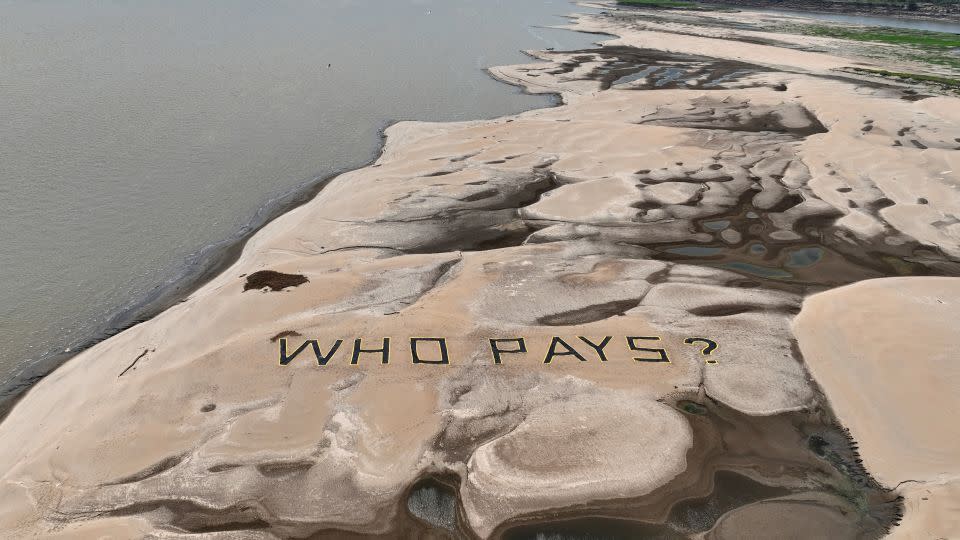

The drought has also set the stage for devastating wildfires in Brazil that have destroyed huge swaths of the Amazon as well as the Pantanal, the world’s largest tropical wetlands, and choked cities in thick smoke.
There is little relief in sight. Rainfall at levels that could start to replenish rivers is not expected for weeks yet and river levels are projected to keep on falling.
“Until November the situation will continue to worsen,” Cuartas said.
For more CNN news and newsletters create an account at CNN.com
